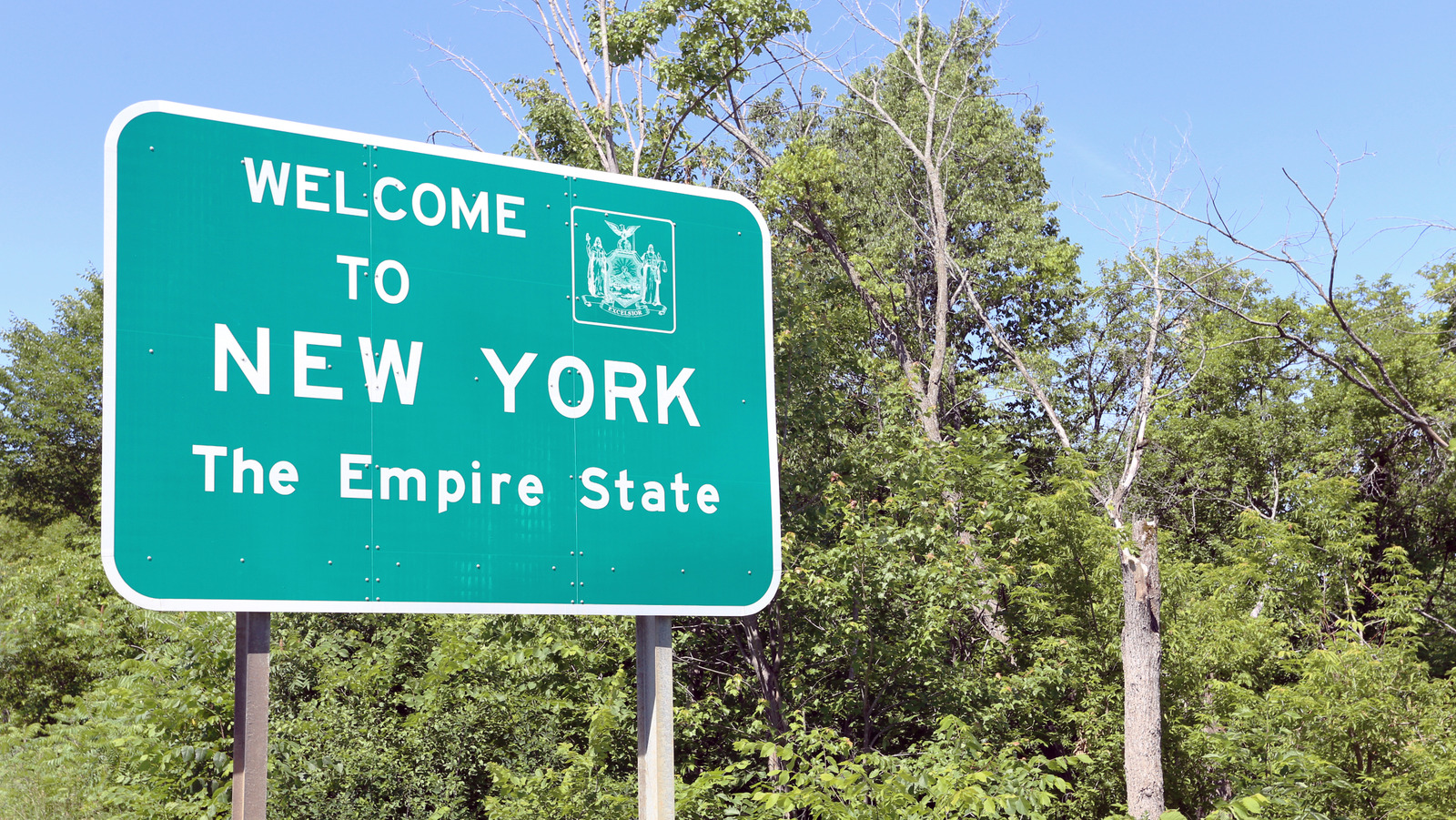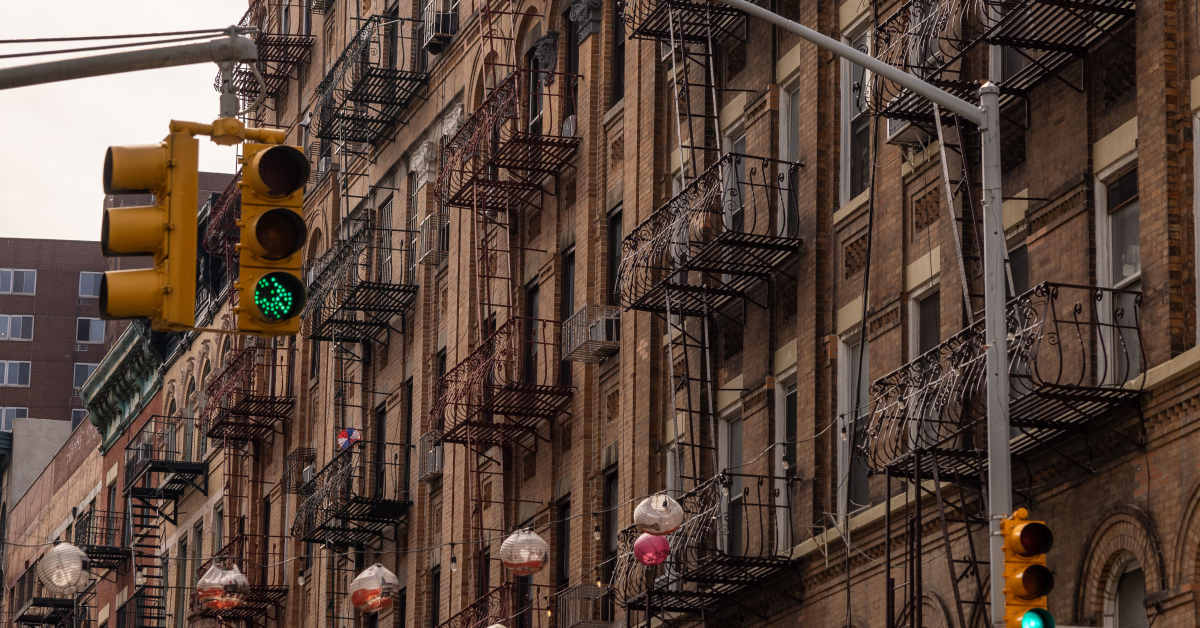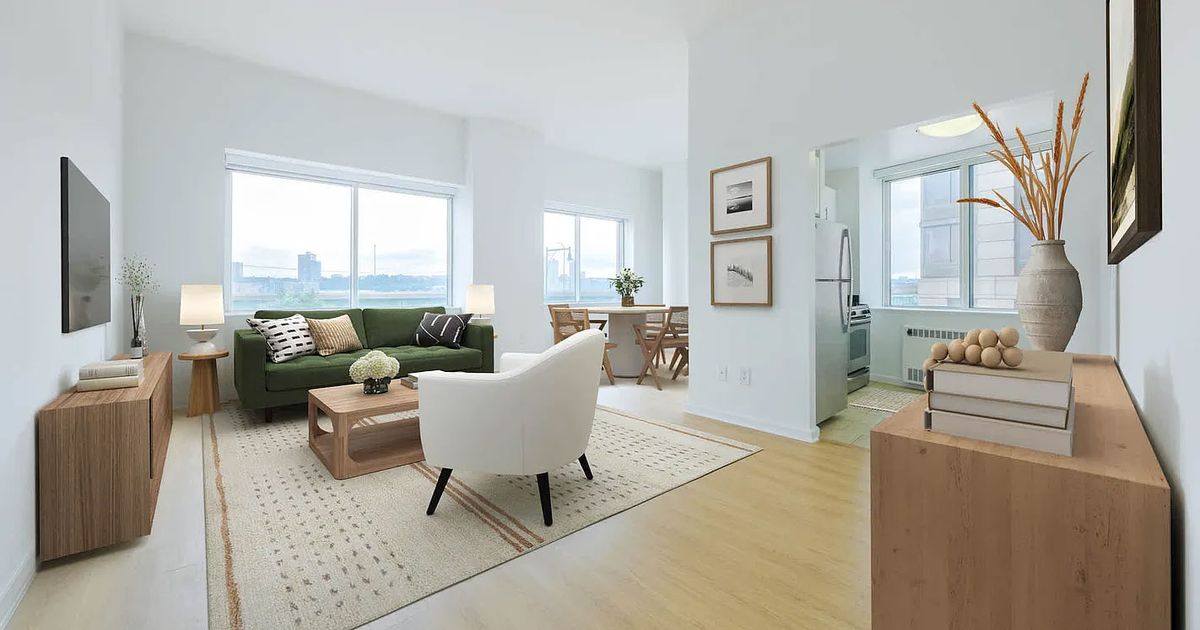#housing-costs
#housing-costs
[ follow ]
#social-security #cost-of-living #retirement #homeownership #new-york-city #social-security-shortfall
fromCurbed
2 weeks agoWhen a Woodworker Moves Upstairs
Artists making do in their New York apartments is not uncommon, but most do not install a woodworking studio at home. You need a large space with good ventilation - that's rare and usually expensive. Plus, you need neighbors who can tolerate the sound of power tools going for hours at a time. A one-bedroom rental in a townhouse doesn't usually meet these criteria.
Real estate
fromTravel + Leisure
3 weeks agoThis Town Was Named the Safest and Wealthiest Retirement Spot in the U.S.-and It's Known as the 'Home of American Golf'
While Pinehurst came in second in 2024, it landed at No. 1 this year, thanks to a few hard numbers. According to GoBankingRates.com's findings, as of October 2025, almost 40 percent of the population there is 65 and older; the average retirement income before Social Security is $51,767; 78.5 percent of households pay under a third of their income for monthly costs; and the property crime rate and violent crime rates are 2.78 and 0.59 (per 1,000).
US news
fromwww.standard.co.uk
1 month agoLondon 'will avoid worst of Angela Rayner's council funding raid' after fears of huge tax rises and service cuts
It has always been shocking that the cost of housing in London was left out of the Government's fair funding formula. If the rumours are true and ministers are listening, then I hope that means a brighter financial forecast. Reflecting the true cost of housing and the impact of daytime visitors in the capital would be a good start, but for now this is rumour.
London politics
fromwww.housingwire.com
1 month agoHomeownership dreams clash with retirement goals for Millennial investors
Once considered a cornerstone of wealth-building, homeownership is now viewed as a barrier to retirement readiness. About 35% of respondents cited rising housing costs including rent, mortgage payments, property taxes and other expenses as the biggest obstacle to preparing for retirement. That figure surpassed concerns over market volatility and economic uncertainty (29%), insufficient retirement income (28%), and financial support for children or aging parents (27%).
Real estate
fromThe Mercury News
1 month agoCalifornians spend $8,640 more than other Americans. Where did it go?
To gain insight into California costs, my trusty spreadsheet reviewed detailed consumer spending statistics from the Bureau of Economic Analysis. These numbers allow us to track key components of household expenses in 2024 for the 50 states and the District of Columbia. It's calculated per resident, so much like an average, the biggest and smallest spenders can influence the results.
California
fromSFGATE
1 month agoYou'll Struggle To Live Well in Alaska on Just Your Social Security, Even If Your Mortgage Is Paid Off
Retirees in Alaska face one of the harshest financial gaps in the nation when attempting to live on Social Security alone. According to a Realtor.com® analysis of median Social Security benefits by state and the Elder Economic Security Standard Index, the average retiree in Alaska experiences an annual shortfall of $4,152, or about $346 per month, even with their mortgage fully paid. While that might not seem like a lot to some, it could mean all the difference to someone on a fixed income.
Public health
fromSFGATE
1 month agoMost Americans Say Housing Costs Are Too High-But They're Divided on the Reasons Why
the majority of Americans find housing costs in the U.S. unreasonably high, according to a recent survey conducted by Tavern Research for the Searchlight Institute. While housing economists attribute the crisis to a chronic shortage of housing, the survey shows a variety of opinions on the causes, including blaming investors, building material costs, landlords, and elected officials. The survey also highlights that a majority of Americans welcome more home construction in their communities, recognizing the benefits of increased housing availability.
Real estate
fromSFGATE
1 month agoYou'll Struggle To Live Well in Massachusetts on Just Your Social Security, Even If Your Mortgage Is Paid Off
The typical retiree in Massachusetts faces an annual shortfall of $7,345, or about $612 per month, even with their mortgage fully paid. Additionally, retirees here face average monthly living expenses of $2,634, while the median Social Security benefit is just $2,022 per month. With housing costs averaging $1,007 per month, retirees' budgets simply cannot keep pace. With housing consuming nearly half of the average Social Security check, seniors are forced into deficit territory before accounting for food, transportation, or healthcare.
US news
Real estate
fromSFGATE
1 month agoYou'll Struggle To Live Well in Vermont on Just Your Social Security, Even If Your Mortgage Is Paid Off
Retirees in Vermont relying solely on Social Security face an average annual shortfall of $8,088, driven largely by high housing-related costs consuming nearly 43% of benefits.
fromSFGATE
1 month agoYou Can Live Well in Alabama on Just Your Social Security, If You've Paid Off Your Mortgage
According to a Realtor.com® analysis of median Social Security benefits by state and the Elder Economic Security Standard Index,, the average retiree in Alabama ends up with an annual surplus of $576, or about $48 a month, after paying for essential living costs. While it may not seem like a lot, the extra funds are more than homeowners have in most of the country, and can be put to good use in future-proofing a home.
US news
fromHudson Valley Post
1 month agoNew Yorkers Are Fleeing The City-Hudson Valley Braces For Impact
We are absolutely seeing a correlation between Zohran Mamdani's surprise win in the Democratic primary and an uptick in real estate interest in Westchester," Zach and Heather Harrison told Realtor.com.
Real estate
fromFortune
2 months ago1 in 3 Americans have no emergency savings-while boomers' $2,000 cushion dwarfs Gen Z's $400, survey finds | Fortune
For one in three Americans, a single surprise bill could spell financial crisis. That's according to a new survey by Empower, a retirement and financial services company, which found 32% of Americans have no emergency savings set aside. But not everyone is equally short on cash: Gen Zers have a median of $400 in their crisis funds, while boomers have saved up to five times as much.
US news
fromThe Mercury News
2 months agoFor 27% of California tenants, rent is more than half their income
My trusty spreadsheet identified this affordability challenge by analyzing 2024 Census Bureau housing data for the 50 states and the District of Columbia. These latest figures detail swings in who's renting, how much they pay, and how many tenant households are financially swamped by rental expenses - that's rent plus utilities exceeding 50% of incomes. Remember, California is the nation's largest rental market with 6.1 million tenant households.
Real estate
fromThe Oaklandside
2 months agoRenting vs. owning a home - which is best for you right now?
Renting is a short-term commitment. You can sign a lease and have the flexibility to move somewhere else after the lease is over Maintenance and repairs are typically handled by the landlord, saving you time and money. Additionally, taxes and other local expenses are also usually covered by the landlord If you live in a city with high property taxes, renting may be more affordable, helping to reduce your monthly payments
East Bay (California)
Canada news
fromwww.cbc.ca
3 months agoMove-in day marks the start of a new chapter for hundreds of 1st year TMU students | CBC News
Over 1,100 first-year students moved into Toronto Metropolitan University residences amid high housing costs and limited on-campus bed availability, despite available financial support.
from24/7 Wall St.
3 months agoU.S. Cost of Living: Oklahoma 14.5% Cheaper Than National Average Tops List as Hawaii Soars 82% Higher
The state with the lowest cost of living is Oklahoma, with an overall cost of living index at 85.5, meaning that the cost of living in the state is 14.5% cheaper than it is on average nationwide. This figure is driven largely by the state's very low cost of housing - with a housing cost index value at 70.5, the second lowest in America.
Business
UK news
fromLondon Business News | Londonlovesbusiness.com
3 months agoGovernment policies continue to pull inflation higher - London Business News | Londonlovesbusiness.com
UK inflation at 3.8% in July erodes real incomes, keeps bond yields and borrowing costs high, but is expected to return to 2% by 2026.
fromwww.cbc.ca
4 months agoIs it cheaper to live in Halifax or Toronto? This data says costs are comparable | CBC News
"A lot of people have this kind of misconception that homes are cheap," said Melnyk. Over the last few years, he's regularly received inquiries from people outside Nova Scotia who are interested in moving to the province.
Toronto
NYC real estate
fromNew York Post
7 months agoThis unassuming Midwestern city is the most affordable for renters
Affordable rent is increasingly scarce as housing costs rise faster than wages.
WalletHub's report identifies cities where rent takes a lesser percentage of income, providing financial relief to renters.
[ Load more ]











:max_bytes(150000):strip_icc()/TAL-burr-ridge-illinois-RETIREMIDWEST0925-9a02ace11d1e42ffb059dd26aa3afb1d.jpg)










